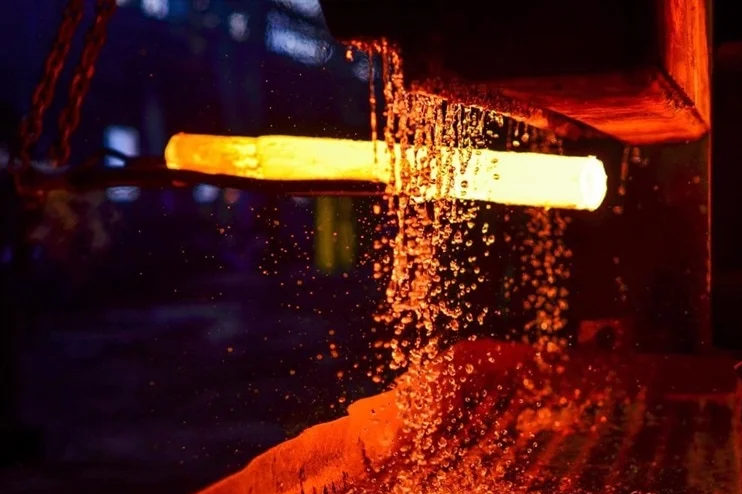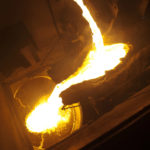Embarking on an exploration of the transformative journey that steel undergoes, this article sheds light on the fascinating process of heat treatment. Steel, a cornerstone of modern construction, transportation, and infrastructure, owes its remarkable properties—strength, malleability, and durability—to a rich history of human innovation and technological advancement.
Historical Perspective:
The article delves into the historical roots of steel production, tracing its origins to Anatolia around 2000 BC. From the early Iron Age to the widespread use of iron technology in Europe, China, and North Africa, the narrative unfolds the evolution of steelmaking techniques. Notably, by 900 BC, Egyptians were employing heat to counter the brittleness that accompanies high carbon content in steel.
Technological Breakthroughs:
A pivotal moment in steel history occurred in the 15th century with the introduction of waterpower to pump air into bloomery furnaces, elevating temperatures and giving rise to cast iron. This groundbreaking material laid the foundation for modern advancements. The article sheds light on the carburization process, a crucial step in transforming cast iron back into steel.
Impact of Heat Treatment:
The effects of heat treatment on steel properties are scrutinized, emphasizing the process’s ability to enhance strength, hardness, and other critical characteristics. The article unfolds the intricate science behind heat treatment, offering insights into the structural changes that occur and their implications for steel’s performance in diverse applications.
Click here to learn more about Advanced Technical Products.
Photo and article with all rights reserved, courtesy of azom.com






